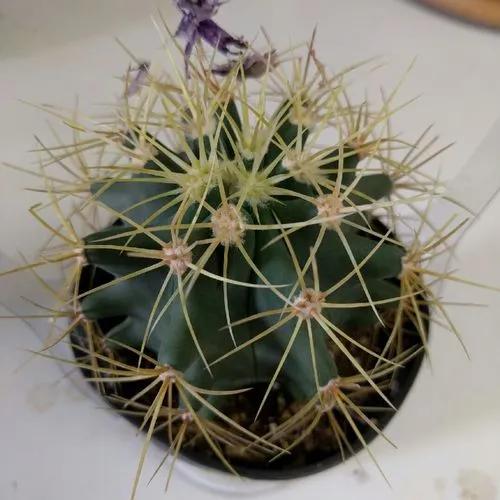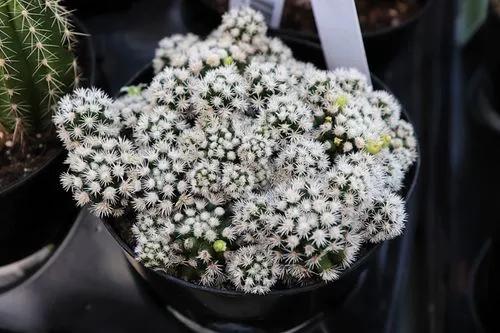Wooly Blue Spires has the highest decorative value. Maximally imitating the natural environment is the most suitable care procedure for this cactus. By growing it in the garden for just a few years, you can get a large and impressive plant.
Wooly Blue Spires Care
Pilosocereus azureus



Philosecerus azureus is a cactus species that naturally comes from Brazil, growing significantly high above sea level. Now they are common in all the warm regions of the world. The cactus tree is easy to identify — from 7 to 33 ft (2 to 10 m) in height, with bluish stems.
How to Care for the Plant

Water

Active watering is more likely to harm the plant, so it should be modest. Prevent root rot by letting the soil dry out between waterings. The container or plant under the pot must not be filled with water. Watch out! The roots can absorb water very quickly.

Pruning

The plant has spikes — remember about safety! Prune the dried or dead parts of the plant for better health.

Fertilizer

In order for your plant to grow faster and healthier, you need to fertilize it sufficiently during the spring, summer, and even in the fall when the weather is warm, using special fertilizers for cacti, preferably in liquid form if the plant is growing in a pot. This will ensure good drainage.

Sunlight

The plant needs a lot of light and partial shade, so it is best to put it in a bright area outside or inside. This cactus grows in full sun.

Soil

Choose a light substrate such as pumice, small volcanic clay, vermiculite, or cactus substrate. The plant will develop perfectly on sandy or stony soil.

Propagation

Propagation is possible by seeds and cuttings in the spring.

Temperature

In general, these plants are able to live both in tropical climates with a noticeable dry season and in moderately warm ones. The temperature should not be lower than can withstand a low temperature of 30 to 28 °F (-1 to -2ºC), but if it is a very short frost. The lowest temperature is 27 °F (-3ºC).

Container

Plant the plant in a moderately wide pot that matches the expected size of the plant.

Popularity

23 people already have this plant 3 people have added this plant to their wishlists
Discover more plants with the list below
Popular articles






